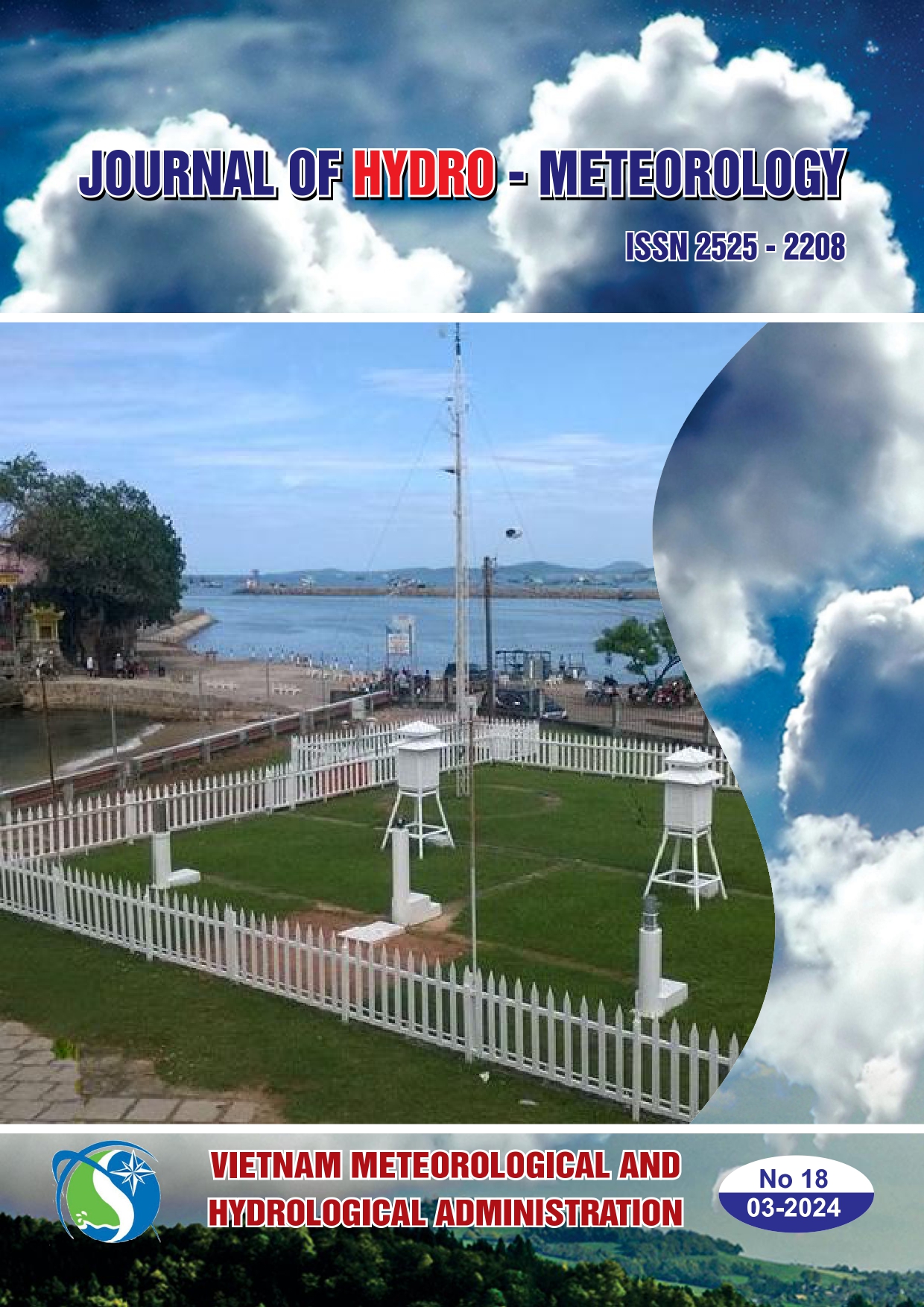Experimental optimization to enhance oil removal efficiency from water using carbonized rambutan peel
Tóm tắt
In this study, the objective was to employ experimental design in order to optimize the efficiency of diesel oil removal from water using activated carbon sourced from rambutan peel. A central composite design was utilized to investigate the impact of contact time, adsorbent dosage, initial oil concentration, and pH on both the removal efficiency and oil adsorption capacity across 30 different experimental designs. The analysis of activated carbon properties derived from rambutan peel revealed a BET surface area of 786.014 m2/g, a BJH adsorption cumulative pore volume of 0.054 cm3/g, and an average BJH adsorption pore diameter of 55.243 nm. The quadratic model was employed to estimate the mathematical relationship between the removal efficiency and adsorption capacity of diesel oil in relation to the four key independent variables. The ANOVA analysis demonstrates F-values of 12.36 and 39.92 for the respective models, both exhibiting ρ-values < 0.05. The predicted values closely align with experimental results, showcasing R2 values of 92.02% for removal efficiency and 97.39% for adsorption capacity. The investigation anticipates that, based on the analysis of 87 solutions, optimal conditions of 70.60 minutes of contact time, 0.25 g/g adsorbent dosage, 0.97% v/v initial oil concentration, and a pH of 6.20 will yield a maximum removal efficiency of 72.12% and a maximum adsorption capacity of 5.3570 g/g. This combination of factors achieves a desirability rating of 0.741.

